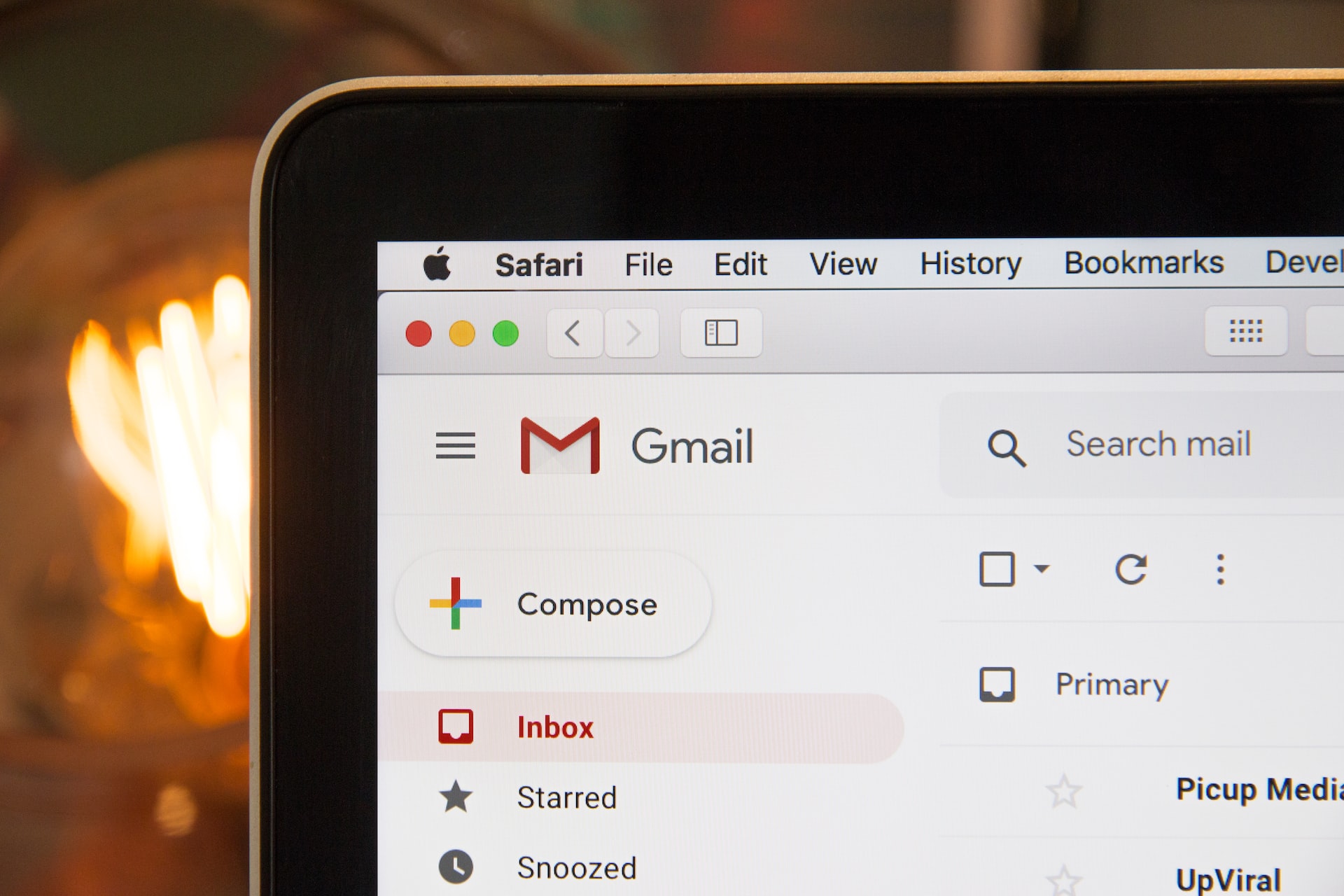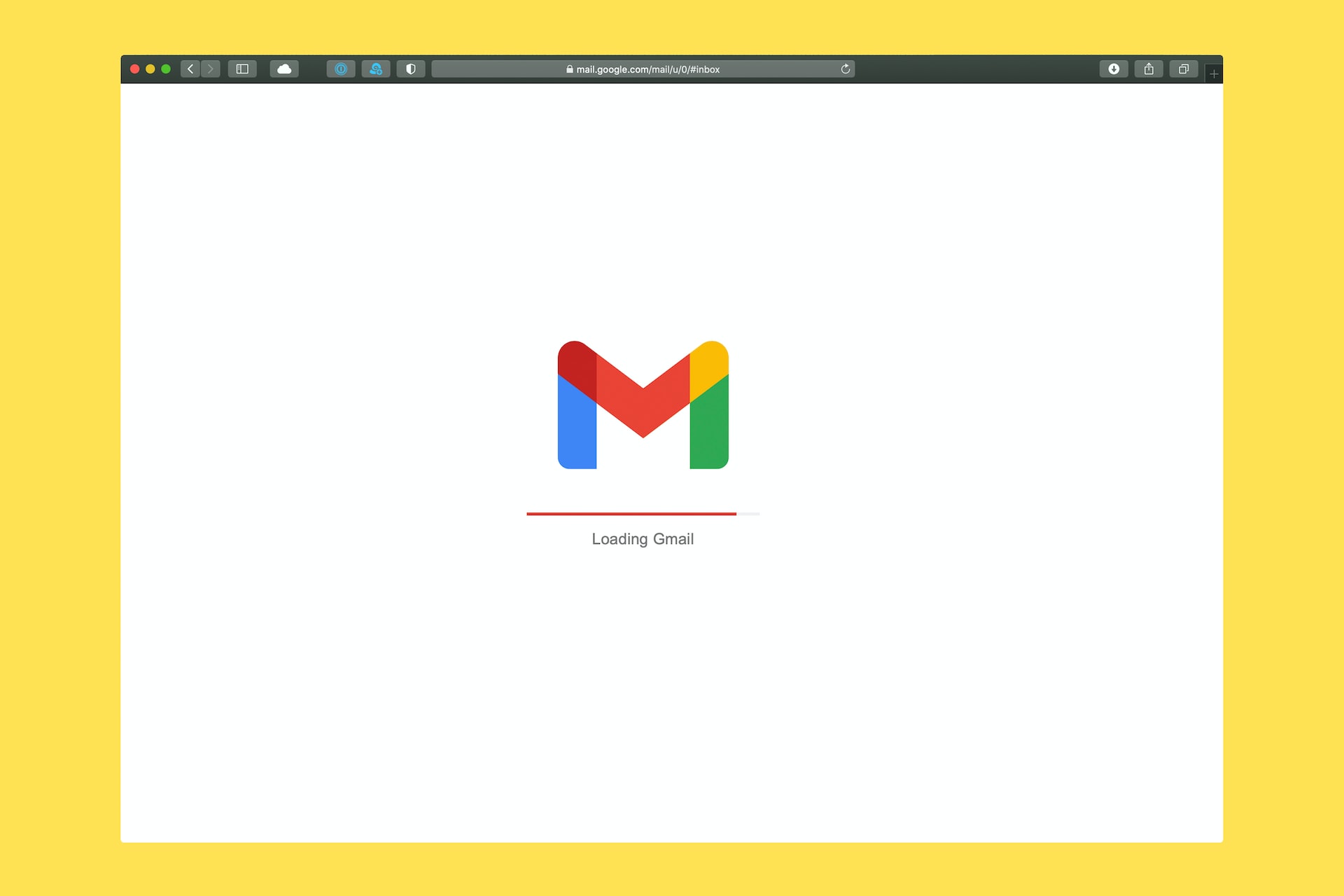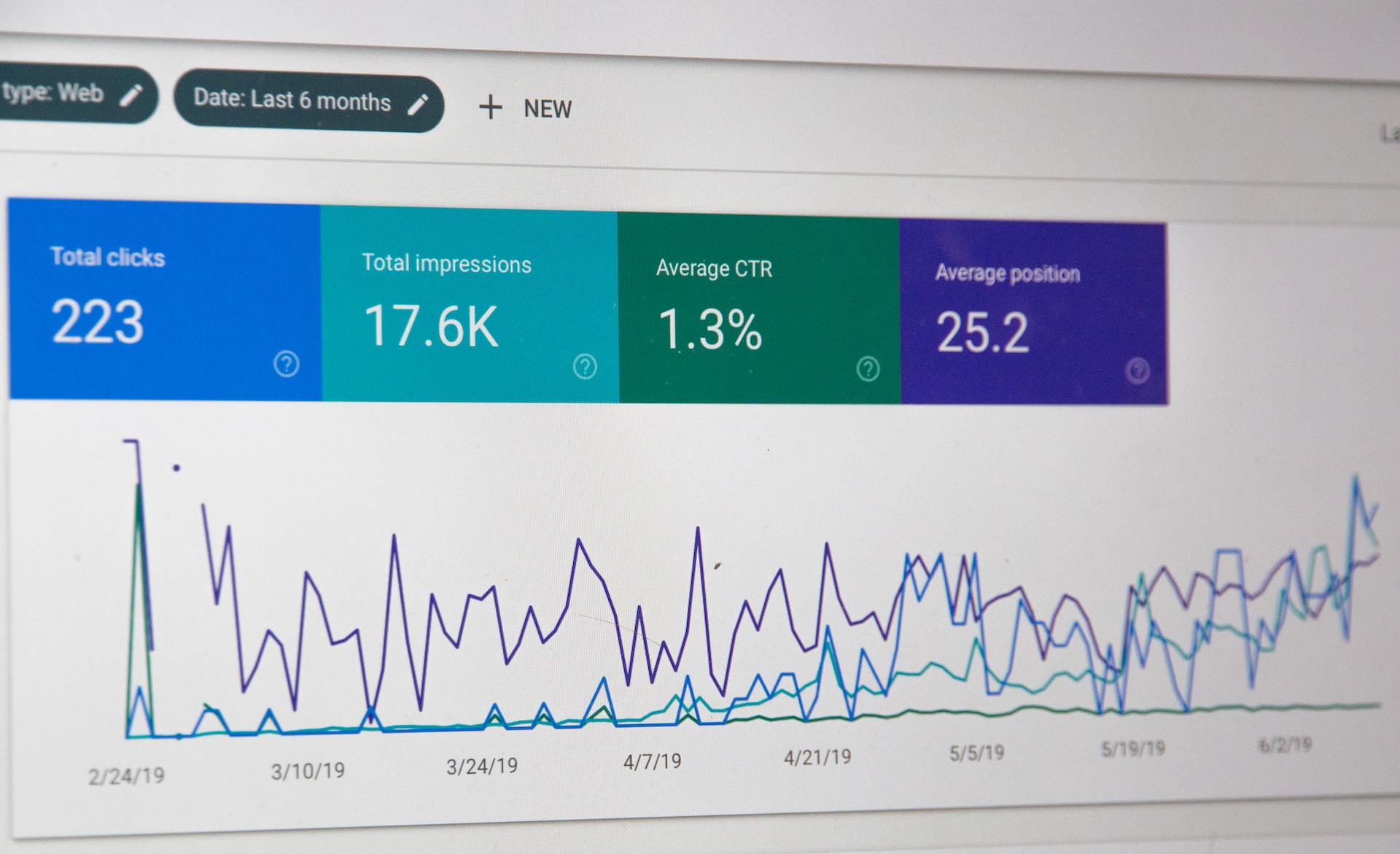Content marketing definition
Content marketing is a strategic marketing approach focused on creating and distributing valuable, relevant, and consistent content to attract and retain a clearly defined audience, and ultimately, to drive profitable customer action. Content marketing is usually part of a company's broader digital marketing strategy.
By providing valuable and informative content to your target audience, you can build trust and credibility with both current and potential customers. This leads to increased brand awareness, more leads, and ultimately more customers.
Often owned by the
company's growth team, the goal of content marketing is to establish your brand as a thought leader in your industry and to provide your audience with valuable information that they can use to make informed decisions. This is done through a variety of different types of content marketing.
Types of content marketing
An effective content marketing strategy combines several different approaches to best connect with your targeted audience. Regardless of which content marketing strategies you use, they should provide real value for your audience. Here are some of the most popular types of content marketing.
Blog posts
Writing an informative blog post is an effective way to establish your organization as an industry leader and generate more leads in the process. Blog articles capture potential customers at the awareness stage of the buying process and should address their concerns and pain points to build trust.
Blog posts are typically written with search engines in mind, but they should also be engaging and informative. A high search ranking will drive traffic to your site, but creating content that resonates with your audience is what will turn those visitors into customers.
Video content
Video content has become particularly popular on social media platforms like Instagram, TikTok, and YouTube. Video content is normally separated into short-form and long-form content.
Short-form content has taken social media by storm over the past several years. It's fun and engaging, and when used effectively, it creates a strong impression of your brand in just a few seconds.
Brands have been using long-form videos to build brand awareness for the past decade. YouTube video content pairs well with blog content as part of a coordinated online content marketing strategy.
Ebooks
Ebooks are often used for B2B content marketing. Unlike blog posts, which are more concise, ebooks are long-form, in-depth pieces that often cover multiple related topics.
Some businesses use ebooks as a free lead magnet to entice potential customers. Alternatively, you could provide ebooks as a bonus resource for existing customers.
Infographics
Infographics are a visual representation of information. They're designed to be eye-catching and make excellent static social media posts. Even if you're not a graphic designer, infographics are easy to create with digital tools like Canva.
Case studies
Case studies provide a comprehensive look at your customer journey from start to finish. They typically use a combination of written text, images, and infographics, and they can even include video content as well. They're an effective way to engage with leads in the consideration stage and show them what to expect.
White papers
White papers are lengthy documents that feature in-depth analysis and are often paired with visuals such as charts or graphs. Many organizations use white papers to highlight the products or services they offer and help readers solve problems. White papers are also often used to share your insights on a specific topic and establish credibility.
Email newsletters
Many people use visual and written content as part of their email marketing strategy. Newsletters are an effective way to build brand loyalty and keep your customers informed.
User generated content
Social media has made it easier than ever for anyone to generate and share their own content. Many brands use content made by their existing customers to show off their product in action and generate more engagement.
Best content marketing campaigns
Some of the most successful content marketing campaigns have been able to effectively connect with their target audience and
drive measurable results. Here are a few examples:
Red Bull
Red Bull is known for its high-energy, extreme sports-focused content marketing campaigns. From sponsoring extreme sports events to creating its own documentary series, Red Bull has been able to establish itself as a leader in the action sports industry and
build a loyal following.
Coca-Cola
Coca-Cola's "Share a Coke" campaign was a huge success, with people all over the world searching for bottles with their own name on it. By personalizing the experience for their customers, Coca-Cola was able to drive significant engagement and sales.
HubSpot
HubSpot, a marketing and sales software company, has built a massive following through its inbound marketing strategy, which includes a blog that features valuable content on a variety of marketing and sales topics. By consistently creating and
sharing valuable content, HubSpot has established itself as a thought leader in the industry and attracted a large audience.

How to get started with content marketing
If you're new to content marketing, here are some steps you can take to get started:
Define your target audience - The first step in any content marketing strategy is to define your target audience. Consider factors such as demographics, interests, and pain points, and use this information to create buyer personas that represent your ideal customers.
Set goals - Determine what you want to achieve with your content marketing efforts. Do you want to increase brand awareness, drive traffic to your website, or generate leads? Setting specific, measurable, achievable, relevant, and time-bound (SMART) goals will help you stay focused and track your progress.
Create a content calendar - A content calendar is a schedule of the content you plan to create and publish. It helps you stay organized and ensures that you are consistently creating and sharing valuable content with your audience.
Develop a content strategy - A content strategy is a plan that outlines the types of content you will create,
how it will be distributed, and how it will be promoted. Your content strategy should align with your business goals and target audience.
Create and publish content - Start creating and publishing high-quality content that is valuable and relevant to your target audience. This can include blog posts, ebooks, infographics, videos, and more.
By following these steps, you can develop a comprehensive content marketing strategy that will help you connect with your target audience, build trust and credibility, and drive measurable results for your business in 2023 and beyond.





